My Photographic Journey | From Compact to Medium Format
Throughout my years behind the lens, I’ve journeyed through a series of cameras that each marked a distinct chapter in my development as a photographer.
PERSONAL REFLECTIONS
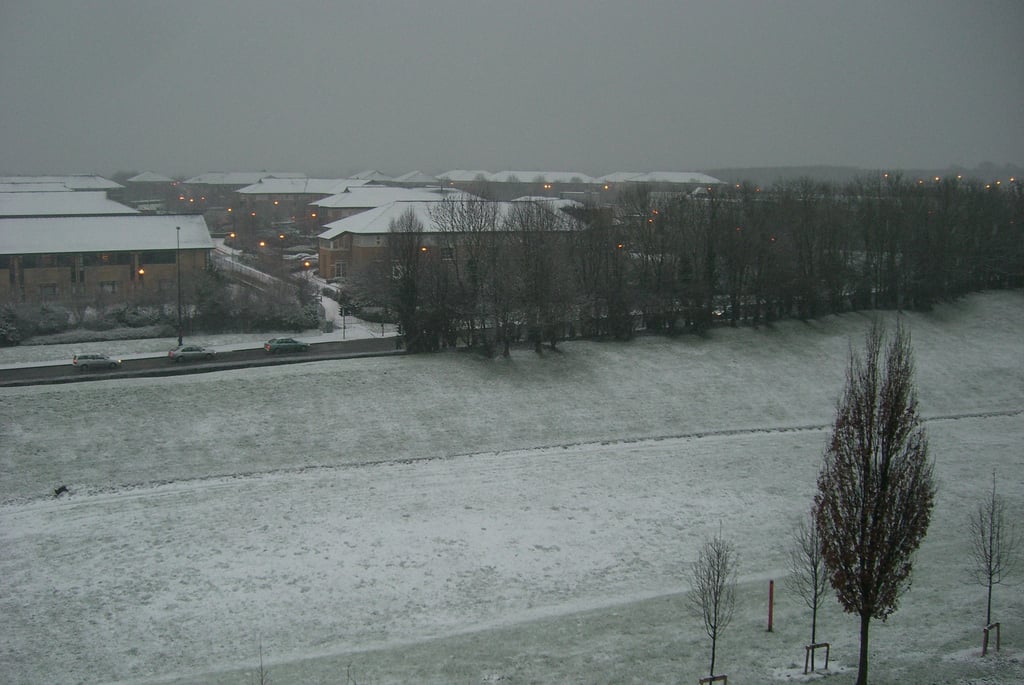

From my nostalgic beginnings with a pocket-sized Casio Exilim to my current work with the Fujifilm GFX100S medium format system, each transition has taught me something valuable and pushed my creative boundaries in new directions. Today, I want to share the story of that journey, which I hope might inspire those of you considering your own next steps, particularly if medium format photography has caught your eye.
The Pocket Companion: My Casio Exilim Days
I still remember the excitement of unboxing my first camera during my first year of university—a Casio Exilim EX-S600 that fit snugly in my pocket and came with me everywhere. It was never about megapixels or fancy specs; it was about being empowered to have this beautiful device in my pocket and being able to document my outings. Suddenly, I had a reason to look twice at the world around me. The Exilim wasn’t perfect—its fixed lens couldn’t zoom in on far-off details, and low-light shots often turned into grainy experiments—but that was part of the fun. I still keep those earliest shots tucked away, and every now and then I flip through them, reliving the pure excitement I felt the first time I pressed that little camera’s shutter.
Back then, my goal was simple: carry my camera everywhere and train my eye to notice stories in everyday life. When I missed a shot, it wasn’t because the camera failed—it was because I hadn’t seen the moment soon enough. After over a year with the Casio, I began to need more control: a changeable lens, deeper shadows without noise, crisper details. That itch for growth is what led me to my next step—but I’ll always owe my start to the Exilim, which taught me that the best camera really is the one you have in your hand.
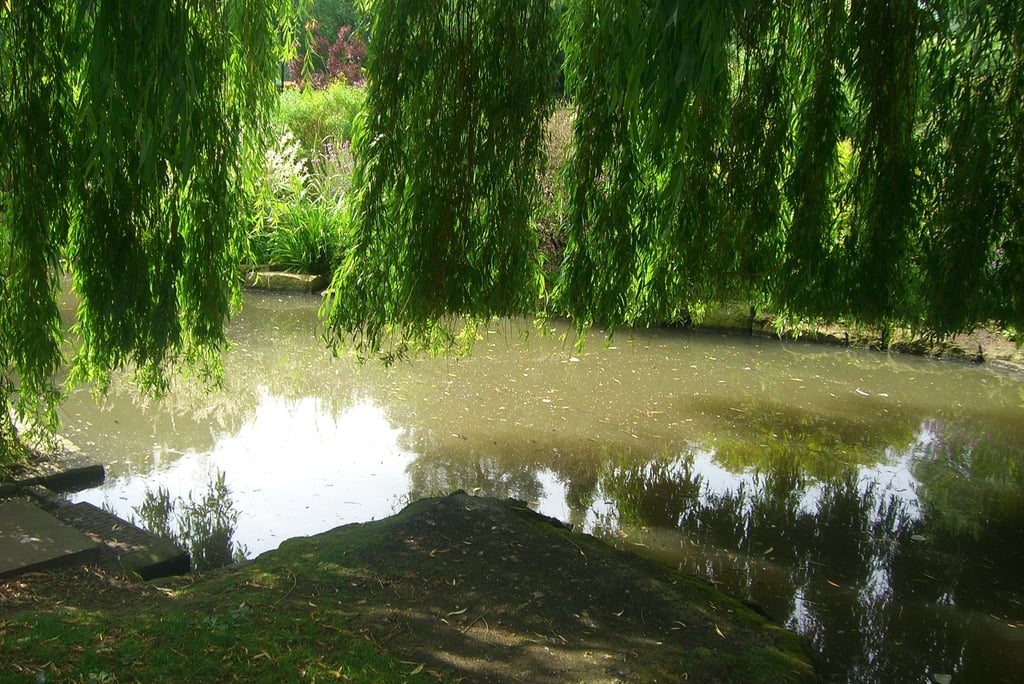

Entering the DSLR World: Canon 450D
When I upgraded to the Canon EOS 450D, it felt like stepping through a doorway into a whole new world. Suddenly, I wasn’t limited by a fixed lens or a tiny sensor—here was a 12.2-megapixel APS-C camera, ready for me to grow into.
I dove headfirst into learning. I switched through my first set of lenses, each teaching me more about aperture, shutter speed, and ISO. What surprised me most was how welcoming the 450D felt. Yes, it had more buttons and menus than my old Casio (still love you), but it never intimidated me. Instead, it encouraged me to explore: slow the shutter to blur a subject, bump up the ISO to catch a moment during the twilight hour, or widen the aperture for that delicious bokeh. Did I always know what I was doing? No. Was I always having fun? Yes!
And so, for three years, that camera was my go-to for everything from trips with friends to documenting my first protest, which you can view here.
Unrelated to the camera's technical capabilities—I made some of my favourite photos with the 450D—once I felt I had outgrown it, I began scouting my next step up.
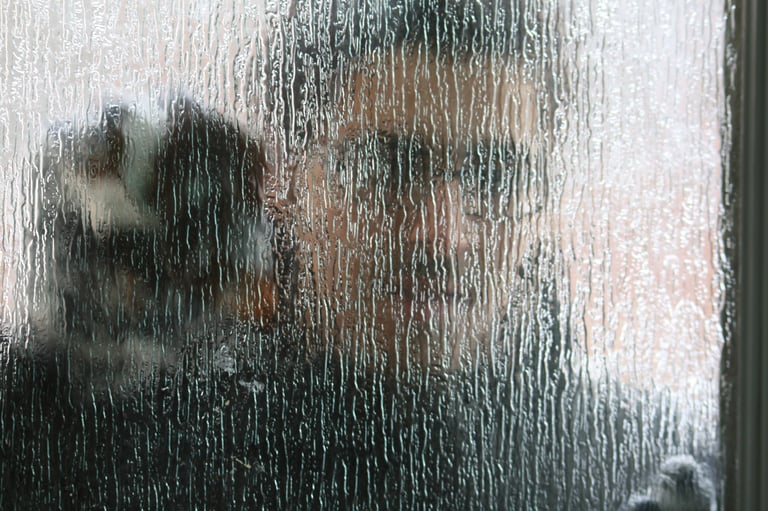
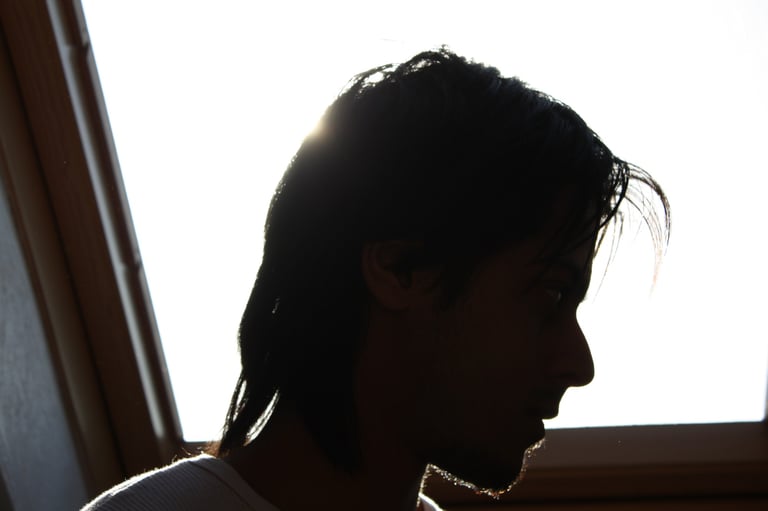


One summer in Belvès, in France’s Dordogne valley, I joined my friend Naseem for a day on the river. I loaded my Canon 450D into the kayak, despite Naseem’s warning, and off we went.
At exactly 15:09:33, according to the metadata, I spotted a swan family gliding toward us: mum, dad, and their fluffy cygnets, all lit by a perfect slant of golden light. Taken by the excitement and the sense of feeling blessed to be where I was, doing what I was, I raised the 450D, framed the shot, and clicked. I was so caught up in composing that beautiful moment that I forgot where I was in relation to everything around me.
When I finally lowered the camera, I realised I was heading straight at a low, overhanging tree limb. I twisted left to avoid it… and flipped myself over instead. In a heartbeat, I was waist-deep in the cold river, the 450D fully submerged and dripping in my hands.
I paddled over to Naseem, who was ahead of me and again, to his credit, not a word of “I told you so”. Back at Naseem's home, that drenched camera miraculously sprang back to life, but I shall save that tale for another day.
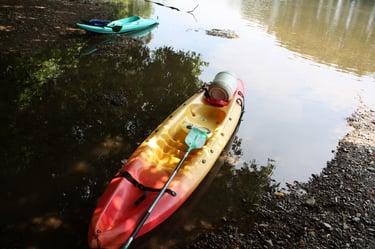
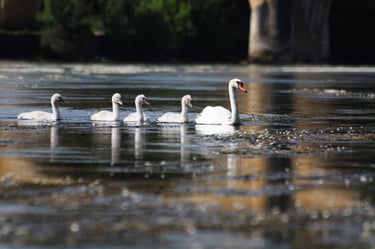
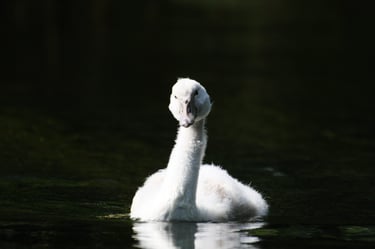
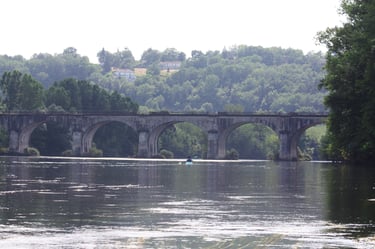




The Full-Frame Leap: Canon 5D Mark II
Moving up to the Canon EOS 5D Mark II felt like graduating from a snug studio flat to a spacious loft. Overnight, my world expanded from the APS-C crop sensor of the 450D to a full-frame world. Low-light scenes that used to be grainy felt crisper with an ISO that was much more forgiving. But numbers only tell part of the story. What struck me was the way images seemed to breathe. Portraits gained a gentle separation from their backgrounds.
Handling the 5D Mark II was a pleasure, too. Its body felt reassuringly solid. It was a workhorse, and I treated it as such.
And then there was video. I’ll admit, I never purchased the 5D Mark II for video, but its then revolutionary 1080p capabilities lured me into short experiments Those early clips taught me to think in motion, laying the groundwork for the hybrid approach I’d embrace later.
For over five years, the 5D Mark II shaped my vision.
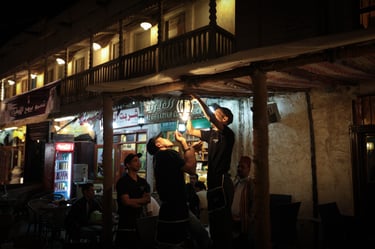
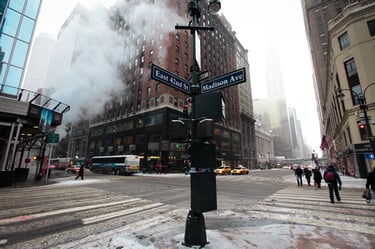
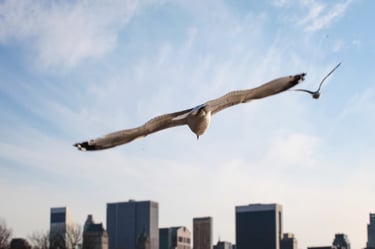

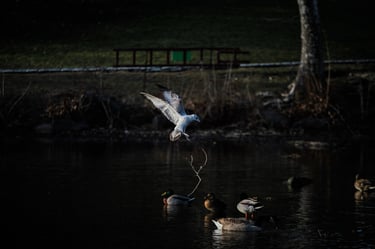
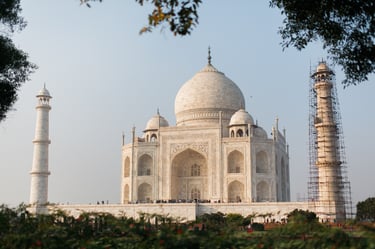
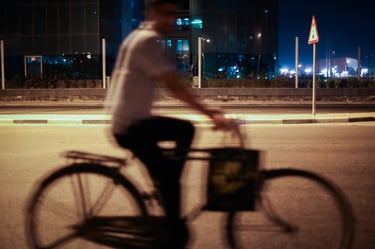
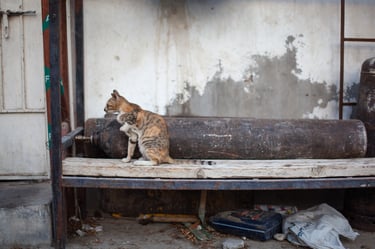








The Mirrorless Experiment: Sony A7 III
The Sony A7 III promised full-frame performance in a lighter, more nimble package, I knew it was time to turn the page once more. But I still look back on the 5D Mark II as the one that opened the door to so many new creative possibilities.
I remember swapping my DSLR for the first mirrorless body I’d ever held. It felt light compared to the 5D Mark II, and I couldn’t wait to wander the streets without a sore shoulder. But...as is the case with most, if not all things in life, there were some hurdles. Sony’s menus were a maze, and after hours of shooting, that slim grip felt, well, slim—my hand missed the heft of the 5D.
Nevertheless, during my first shoot, I loved how quietly it worked and how it found faces in the crowd faster than I was used to. Despite it being a new system, when making images, I wasn’t fighting with my camera; I was just out there, chasing light and moments without second-guessing. That is, until I absentmindedly left it on a bus in Sweden. I’ll never forget the sinking feeling when I realised it was gone.
Losing the Sony was painful, but in the months that followed, it nudged me to rethink what I really wanted from my kit. It wasn’t about chasing every new feature—it was about finding the camera that fit my style and let me tell my story.
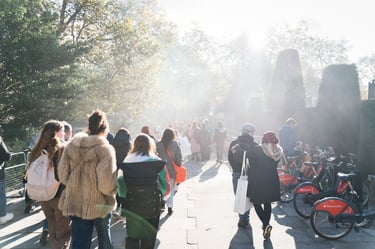

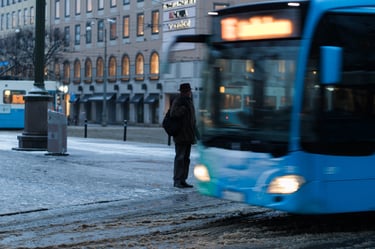
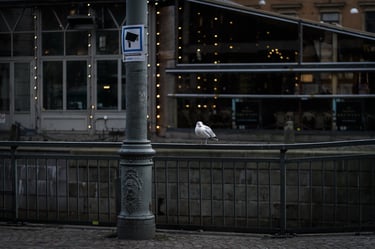




A Fortunate Accident: Fujifilm X-Pro 2
After the heartache of losing my Sony on that bus in Sweden (I'll never understand their policy of not allowing the police to easily access the CCTV footage because of privacy concerns), I needed a quick replacement. Enter the Fujifilm X-Pro 2, a rangefinder-style body that felt like a fresh challenge.
Right away, it surprised me. I loved twisting the shutter-speed and ISO dials without diving into menus. It felt… honest. A complaint you'll hear a lot about the Sony A7 series is that it feels too clinical and automated. I felt detached from the art of making the photograph as the camera did all the heavy lifting for me. I only had to point and shoot, and its clever algorithms beeped and booped in the background to produce a beautiful image. It didn't feel real to me.
With the Fuji, however, I felt like I was back in the driving seat. Its autofocus might’ve been slower than my A7 III, but that was a good thing—it made me stop chasing shots and start waiting for the exact moment. Carrying it became second nature—lighter, quieter, and far less intimidating than any “professional” camera I’d carried before.
I was no longer simply taking photographs; I was making them again.
Within days, I realised this “temporary” camera was exactly what I needed. Losing my Sony stung, but it forced me into a more personal, deliberate way of shooting. The X-Pro 2 wasn’t a stopgap—it was the camera I didn’t know I was missing. I found myself waiting for the perfect gesture instead of hammering the shutter. The optical finder kept me connected to the scene, making every shot feel deliberate.
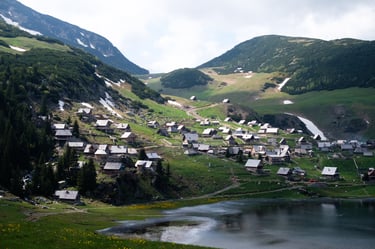
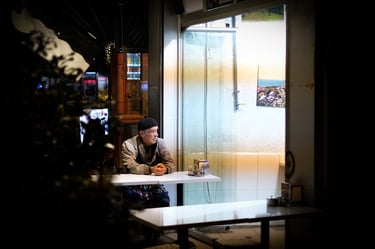
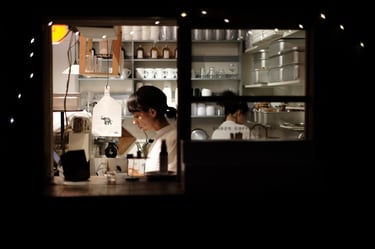
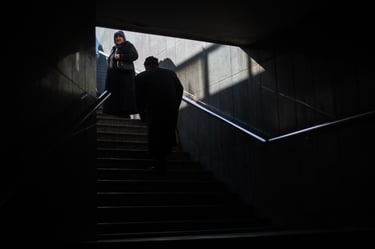
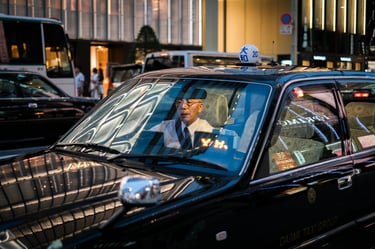
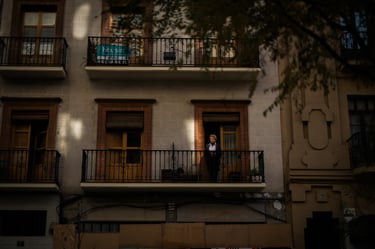
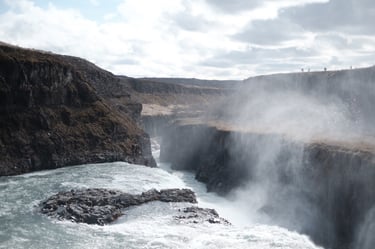
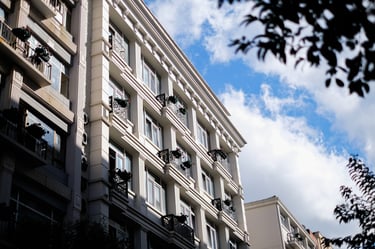
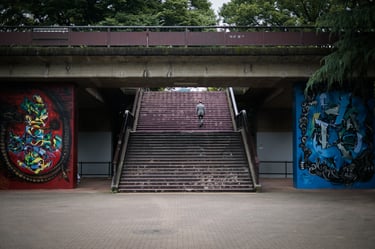

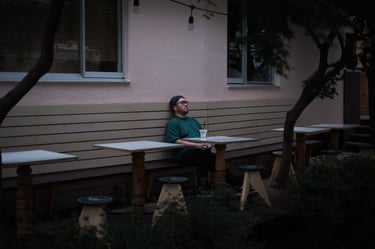
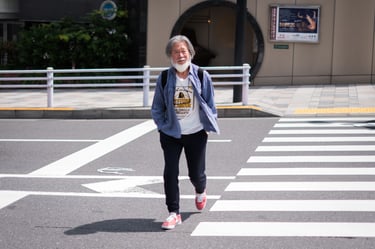












The Medium Format Leap: Fujifilm GFX100S
Moving from the X-Pro 2 to the GFX100S was less about looking for something new and more about giving myself room to grow. When I first picked up that big, chunky body, it felt weird to carry—it’s heavier, more noticeable, and every shot demands thought. The shutter felt slower, more deliberate.
But that pace forced me to slow down in the best way. I’d set up on a busy street corner and spend time simply watching, waiting for the light to hit a face or the way someone’s scarf moved in the wind. When I did press the shutter, the detail—every pore, every strand of hair—felt like a little reward for the patience.
The GFX100S isn’t for chasing fast action or blending into the background. It’s for choosing your moment instead of grabbing every moment. Sure, it’s expensive and sometimes feels cumbersome, yet for my style of photography—observational, contemplative, focused on light and texture—these trade-offs are worth it. The tactile experience of working with it creates a deeper connection with the craft itself. There’s something satisfying about the entire process, from composing the frame to reviewing the remarkable detail captured in each image.
In the end, using this camera taught me to be more deliberate, more patient, and more connected to my own process. It turned every frame into something I almost didn’t want to let go of.
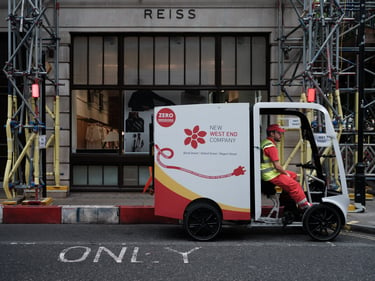

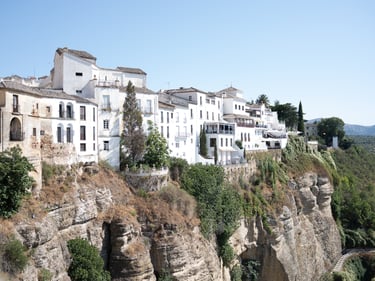
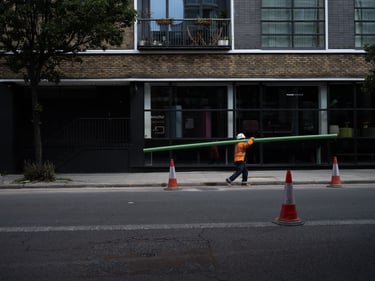
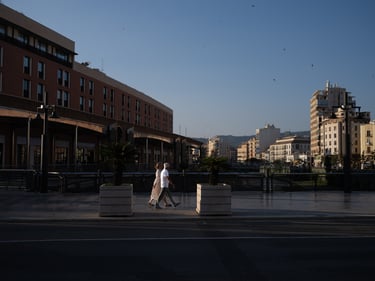
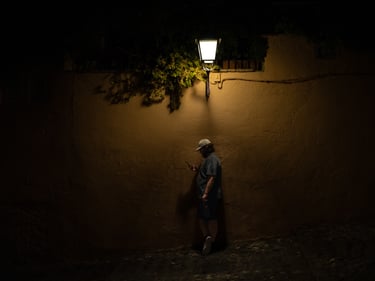
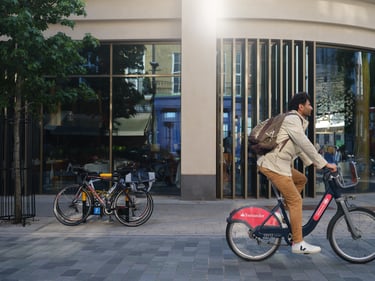
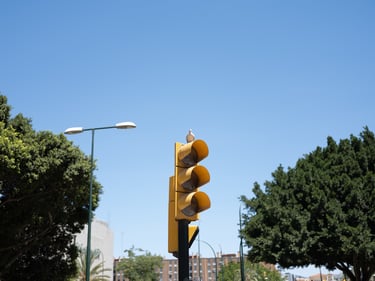
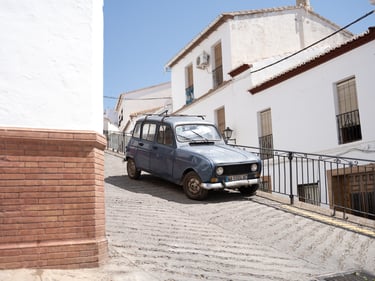
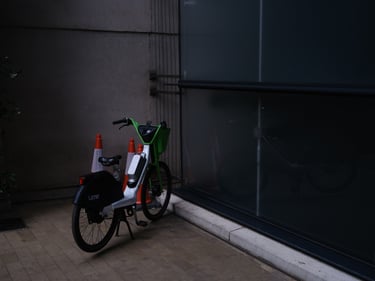
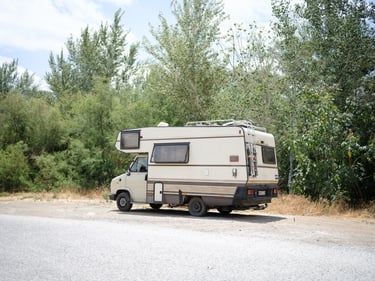
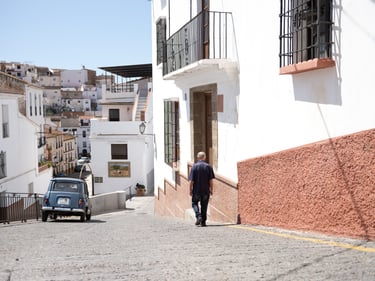












Reflections on my Journey
Flipping through over twenty years’ worth of images—tiny Exilim snaps feels like leafing through the most personal travelogue. Each camera wasn’t just a gadget but a companion on my path: the Casio Exilim that taught me to notice the world’s small wonders; the 450D that opened my eyes to light and shadow; the 5D Mark II that gave my pictures a voice; the X-Pro 2 that slowed me down and sharpened my focus; and finally the GFX100S, which invited me to linger, to savor every detail.
Those early Exilim shots capture my first year of university, framed with my novice eye. The 450D frames show friends for life and moments with family, I will treasure until my final breath. On the 5D Mark II, I began to explore the world, culminating in the documentation of my homeland's uprising against a tyrant of forty-two years. With the X-Pro 2, I discovered the beauty of waiting, of pressing the shutter only when the story felt ready. And now, with the GFX100S, I marvel at textures that feel almost tactile.
None of these cameras was “better” than the others. They simply met me where I was, unlocking new ways to see and remember. You can make magic with a phone, a compact, or a medium-format beast. What matters is how the tool shapes your process: does it ask you to slow down? To look closer? To connect more deeply with the people you photograph?
Whenever I look at one of my old photos, I don’t see ISO values or sharpness charts—I feel my parents’ proud smiles, remember a younger version of myself and marvel at the signs of change that remind me of God's deeper divine rhythms. Photography’s power lies in that immediate jolt—nostalgia and emotion crashing over you the moment you open an old file, or hold a print in your hands, tracing the edges of a print with fingers that are now older than they were when they first pressed the shutter. There's something beautifully profound about that.
So as you consider your own gear journey, remember: it’s never really about the camera. It’s about the moments you experience, and the stories you capture and carry.
Never lose sight of why you picked up a camera in the first place—to hold time still for just long enough to let memory breathe.
